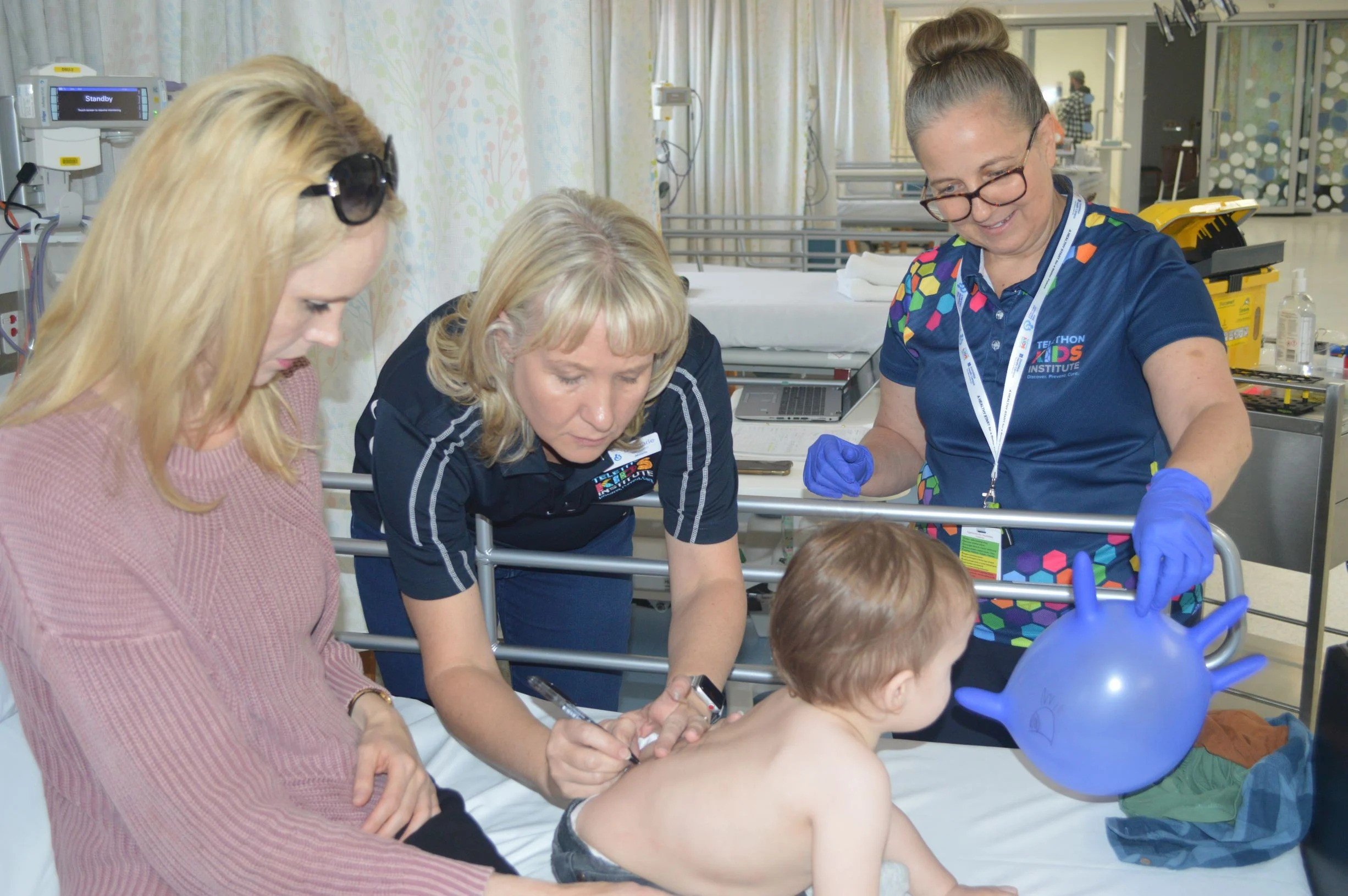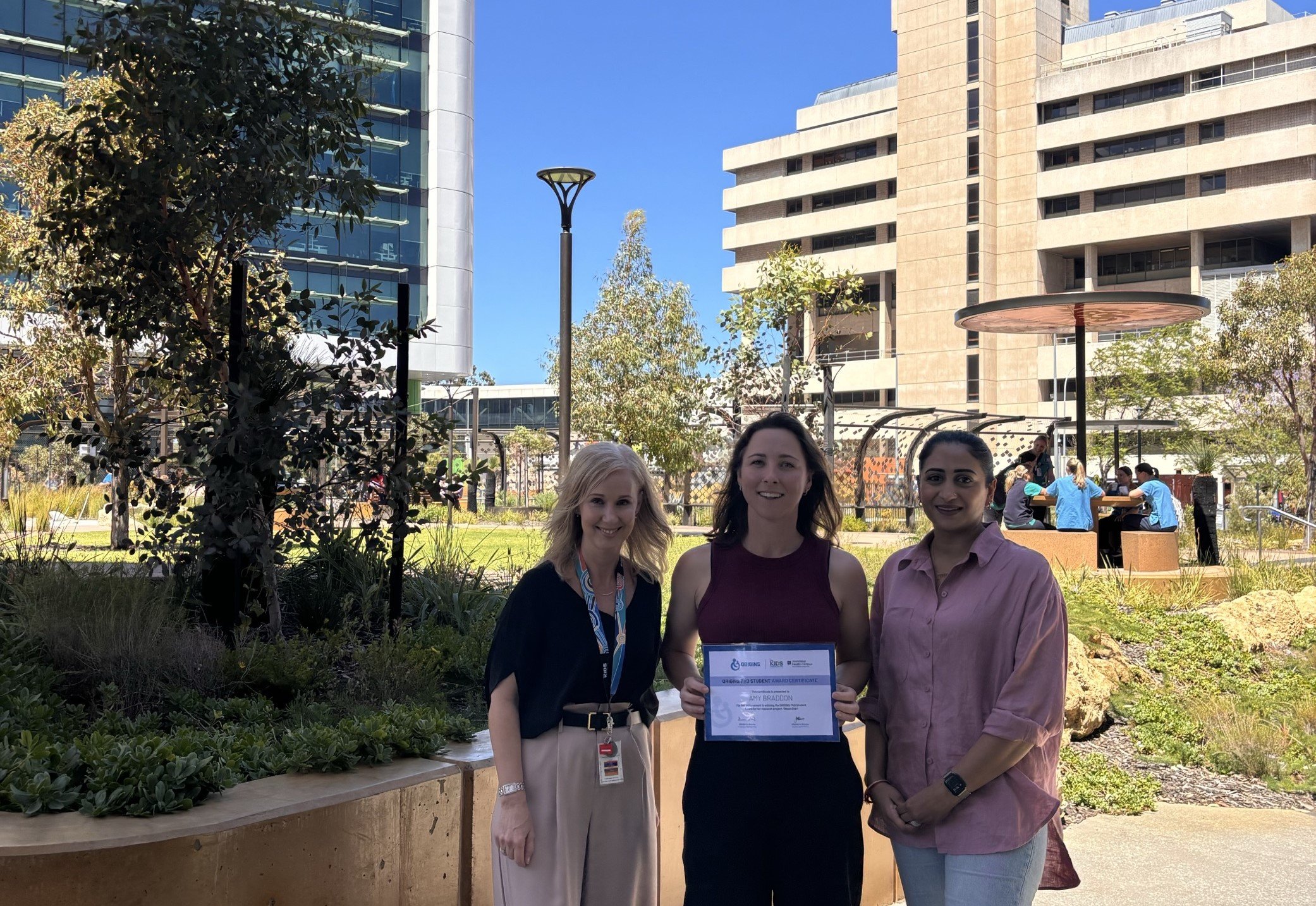Search

News & Events
Senior researcher joins Embrace childhood trauma research groupResearch Fellow Karen Lombardi recently joined Embrace @ The Kids Research Institute Australia

News & Events
Building wellbeing amid permacrisis at Embrace panel discussionProfessor Helen Milroy, Embrace's Co-Director, gave the keynote speech at the November event.

News & Events
Embrace research expert at Inside Our Minds launchEmbrace @ The Kids Research Institute Australia researcher Dr Alix Woolard at The Y's Inside Our Minds launch

News & Events
National survey reveals mental health burden on Aboriginal and Torres Strait Islander LGBTQA+ youthMEDIA ENQUIRIES Media Contacts Please direct general enquiries to our reception on (08) 6319 1000. Please direct media enquiries to our media team:

News & Events
Mental health MattersSaxon Marrell proves one person who cares can make a difference.

In addition to our busy lives, there’s a lot going on around us locally and across the world.

Not all children or teenagers identify with the gender they were presumed at birth. As a result, some may choose to change their name, their clothes or their body and live as a different gender. Some may choose to obtain specialised medical treatment.

ORIGINS is an interventional cohort study, meaning participants receive timely feedback and an action plan to address any potential abnormalities.

News & Events
Associate Professor Debbie Palmer Awarded Stan Perron Charitable Foundation FellowshipThis fellowship will assist Associate Professor Palmer in her large-scale food allergy prevention trials.

News & Events
ORIGINS is pleased to announce the 2024 recipient of its inaugural PhD Student AwardMiss Braddon will be awarded with $15,000 to go towards her research project, DreamStart
